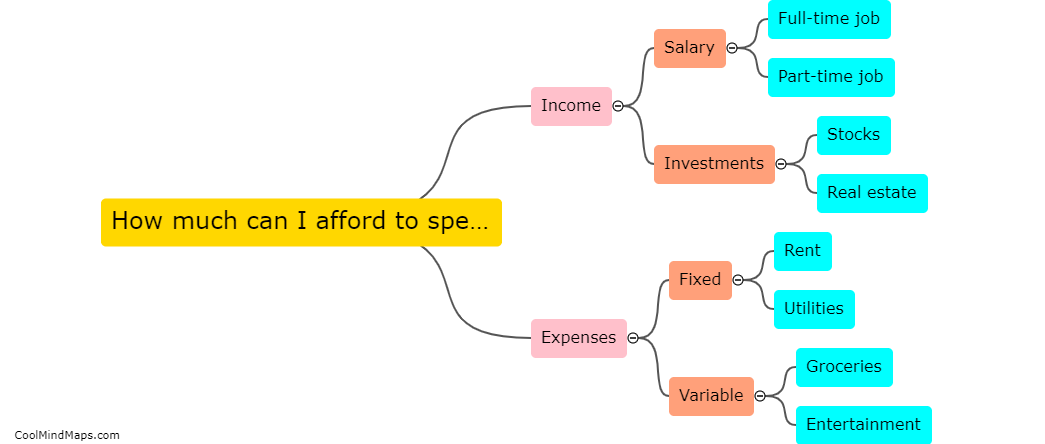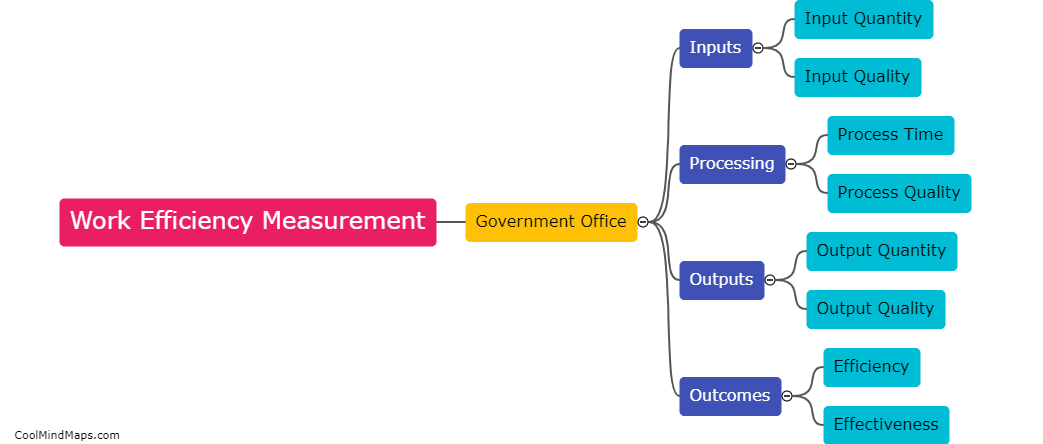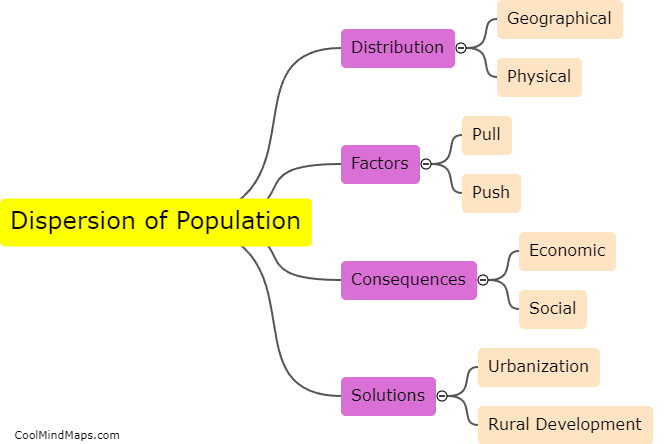Definition of dispersion of population
Dispersion of population refers to the way in which people are distributed across a geographic area. It can be measured in different ways, such as population density, distance between individuals or households, or the level of clustering or concentration of people in particular regions. Understanding population dispersion is important for a range of social and economic issues, such as regional planning, resource allocation, and ensuring access to services and amenities for all. High levels of dispersion can present challenges for infrastructure and service provision, while low levels may be indicative of social inequality or economic stagnation.

This mind map was published on 20 May 2023 and has been viewed 123 times.











